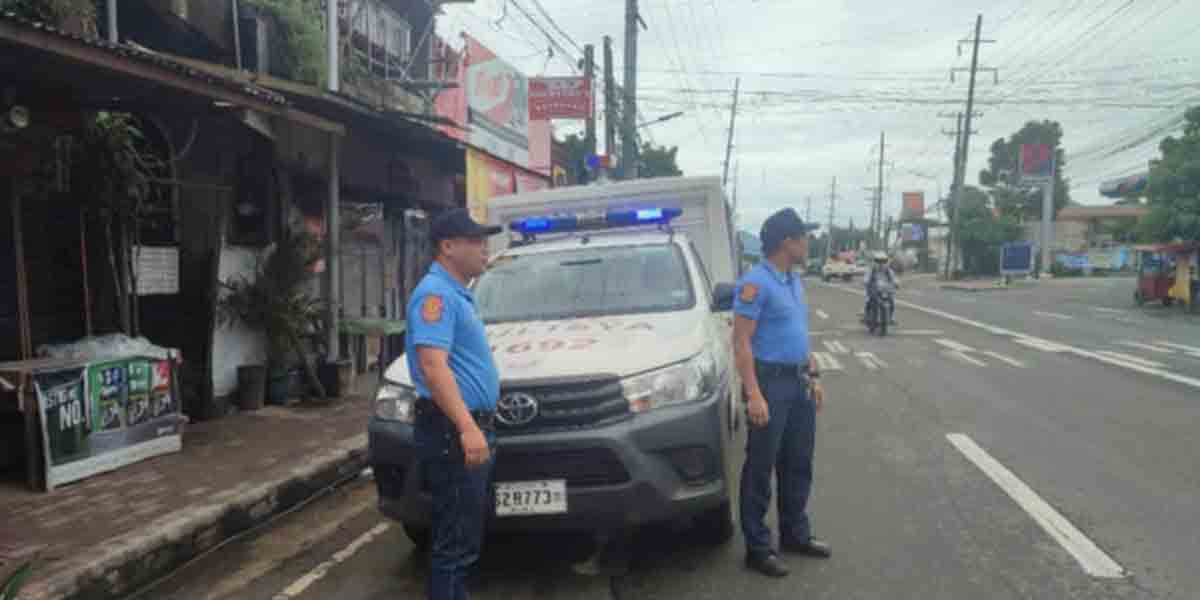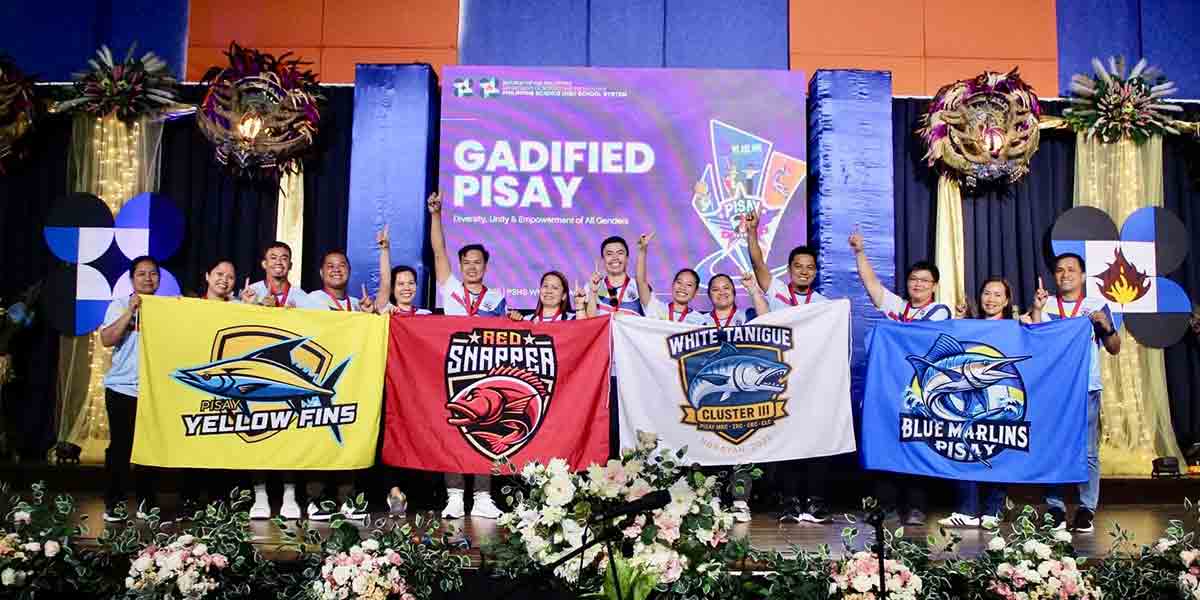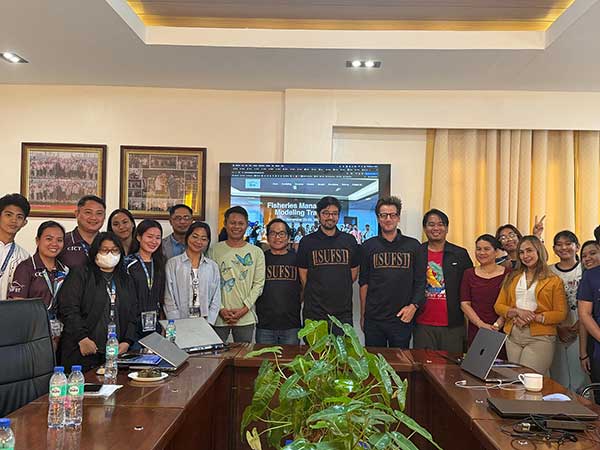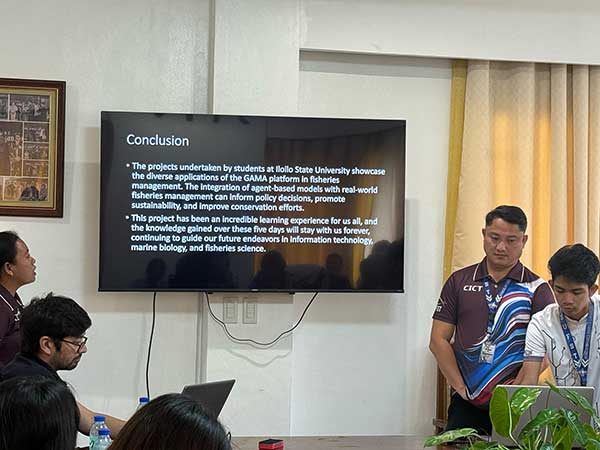The Iloilo State University of Fisheries Science and Technology (ISUFST), through its Office of International Affairs and Linkages (OIAL), successfully concluded a five-day Fisheries Management Modeling Training from Nov. 25 to 29, 2024.
The event was held at the ISUFST Board Room, Main Campus – Tiwi Site, and involved 30 participants, including fisheries and IT students. The training aimed to enhance technical skills in fisheries management simulations using advanced tools like the GAMA platform, supporting the United Nations’ Sustainable Development Goal 14: Life Below Water.
Dr. Jeanette Bayona, OIAL director, emphasized the significance of the program.
“This training is not only an opportunity for our students to deepen their technical skills, but also reinforces our commitment to addressing global environmental challenges through innovation and research,” Bayona said.
Sylvain Lamouret, Co-Operation Attaché at the Embassy of France, congratulated the participants online.
“I’d like to congratulate the students and student organizations of the State University of Fisheries Science and Technology for completing the Fisheries Management Modeling training of the Institut de Recherche pour le Développement,” Lamouret said.
He highlighted the program’s focus on preparing young Filipinos to become advocates for ocean protection and expressed hope for continued collaboration between ISUFST and French institutions.
The training aligns with ISUFST’s mission to become a leading research university in fisheries, agriculture, education, and technology in Southeast Asia by 2030. The program centered on Agent-Based Modeling (ABM), enabling students to create bio-economic fisheries models through the GAMA platform.
The sessions were facilitated by French experts Arnaud Grignard and Tri Nguyen-Huu from the UMMISCO Lab at the National Research Institute for Sustainable Development, along with Julius Millano Bangate from the French National Geographical Institute.
Each day of the training covered specific aspects of fisheries management and modeling.
Day 1 introduced ABM concepts, including agent behaviors and model development using GAMA.
Day 2 explored spatial modeling, GIS, and global fisheries management concepts, focusing on sustainability metrics and policies.
Day 3 examined marine protected areas and fish aggregation devices and guided participants in designing their fisheries models.
The final two days saw participants develop, simulate, and analyze their models. On Day 5, students presented their projects during a culminating activity.
Five groups showcased innovative solutions addressing real-world fisheries issues such as overfishing and natural disasters. Four groups from the College of Fisheries and Aquatic Sciences utilized 3D modeling in GAMA, while a team from the College of Information and Communications Technology created a centralized website to consolidate the models.
The students’ creativity and technical proficiency impressed faculty mentors and international trainers, who praised their ability to tackle complex concepts and apply them to practical problems.
The Embassy of France to the Philippines and Micronesia supported the training under the Youth and Ocean Funds initiative in collaboration with the National Research Institute for Sustainable Development (IRD).
Key ISUFST faculty members, including Dr. Bayona, Research and Development Office Director Dr. Jescel Bito-onon, College of Fisheries and Aquatic Sciences Dean Dr. Rolindo Demo-os, and College of Information and Communications Technology Dean Dr. Renante Diamante, delivered the closing remarks.
Participants expressed enthusiasm about applying their newly acquired skills to academic research, particularly thesis projects. Organizers and speakers expressed interest in conducting similar training sessions to bolster ISUFST’s internationalization and innovation initiatives.
Certificates were awarded to participants, marking the end of the event on Nov. 29. The transformative experience enhanced students’ skills and broadened their perspectives on sustainable fisheries management. (Written by Julius Ruger Hermano/OIAL/PAMMCO)


























